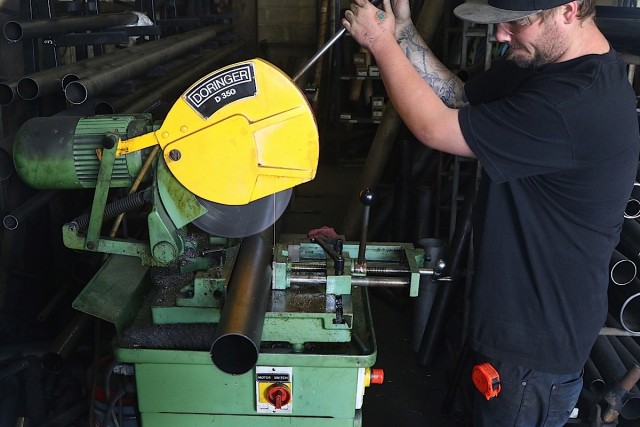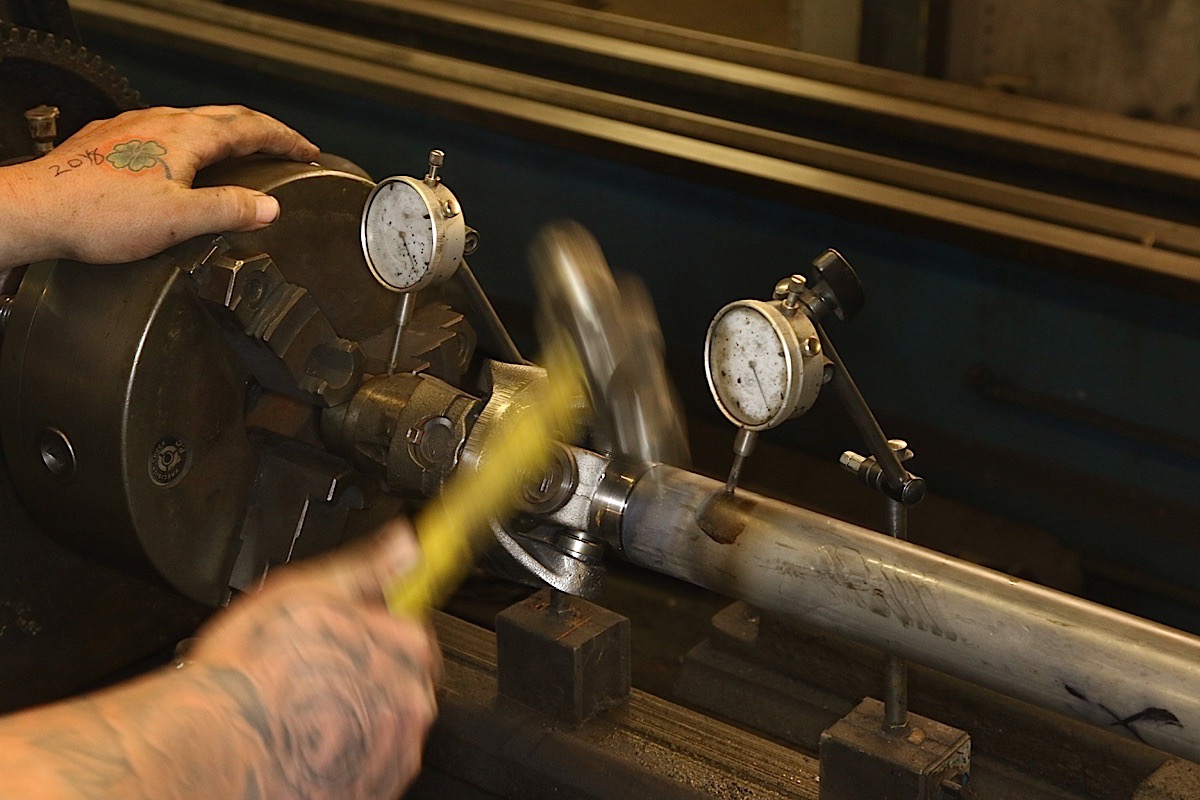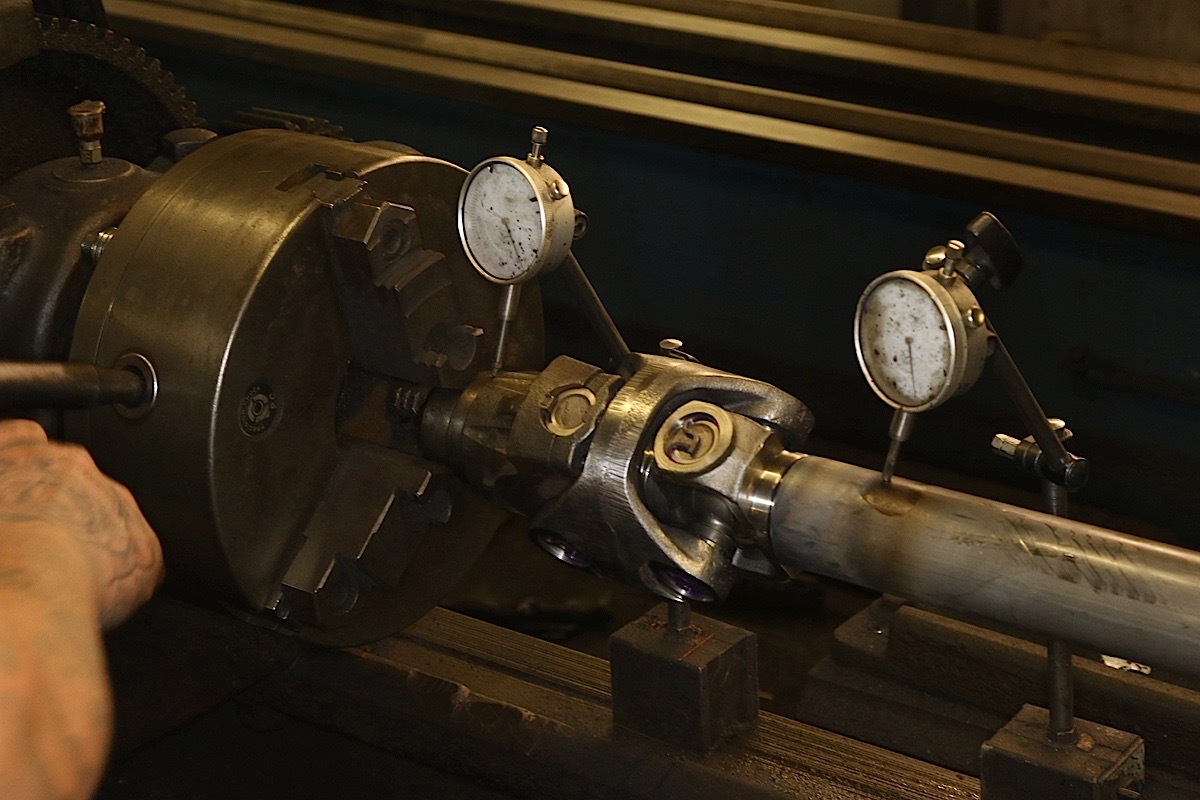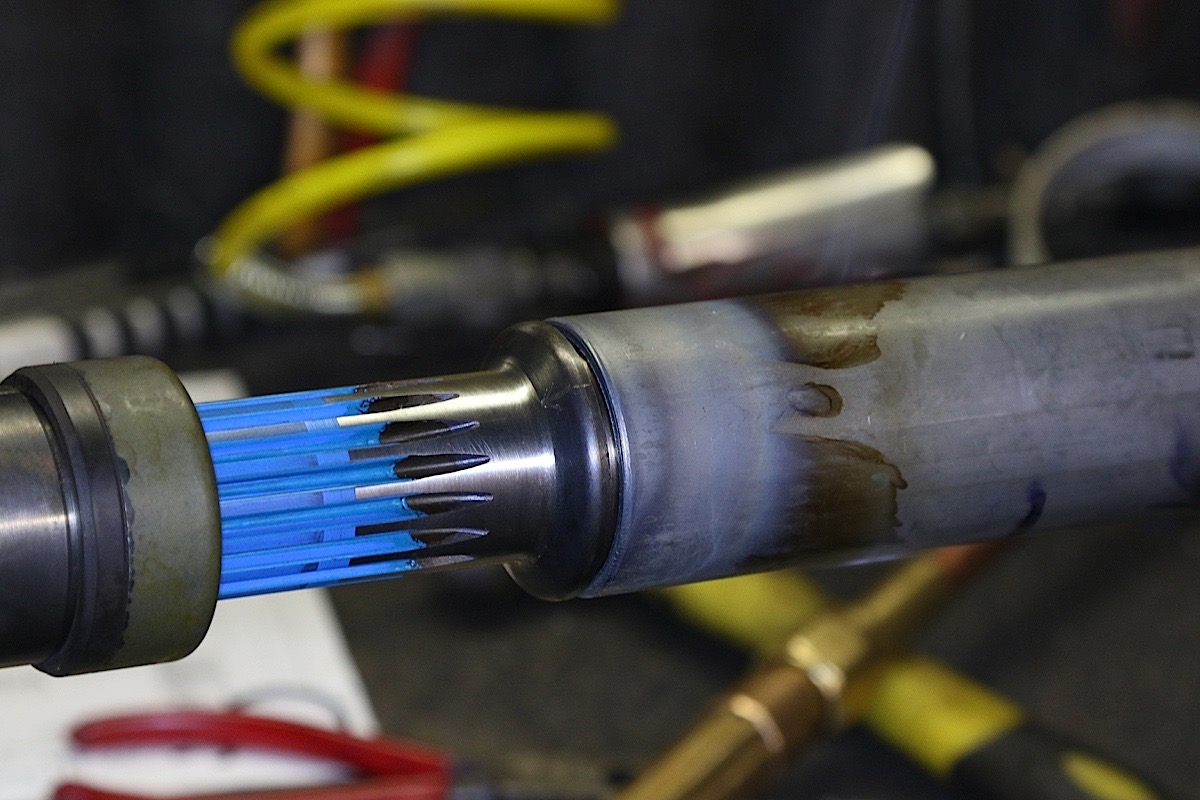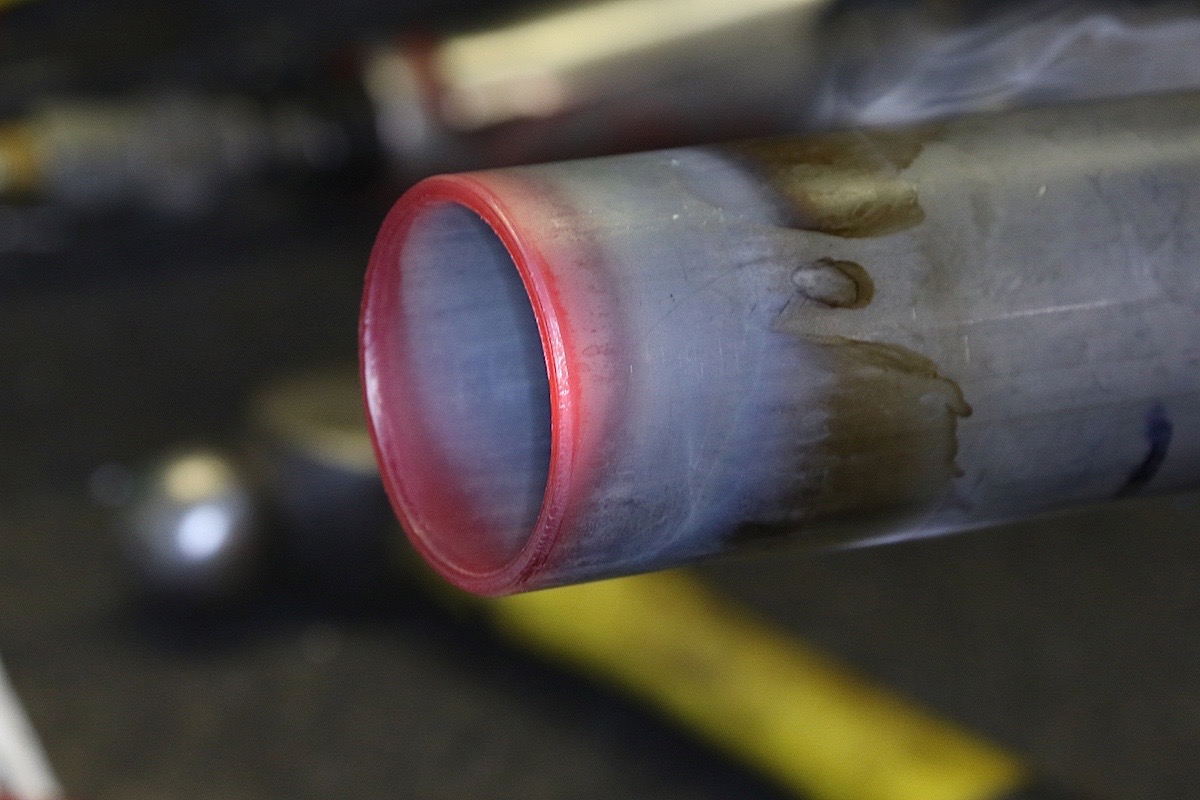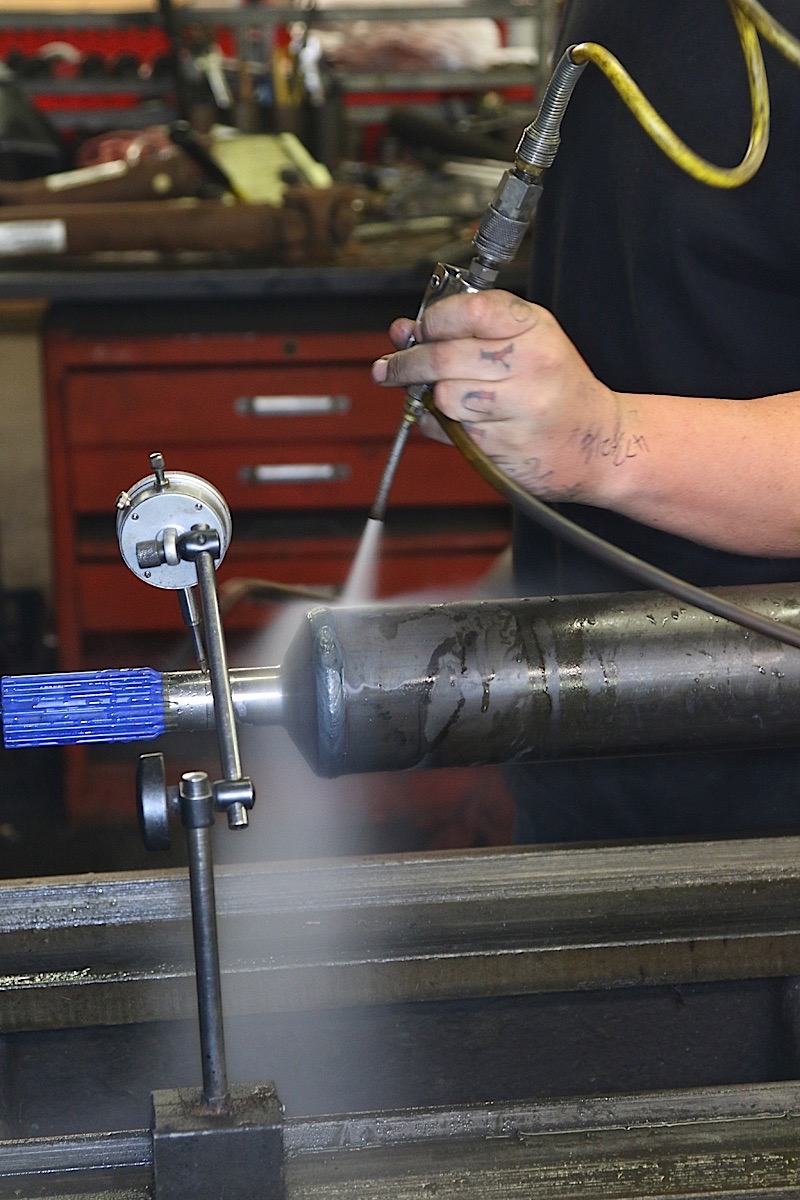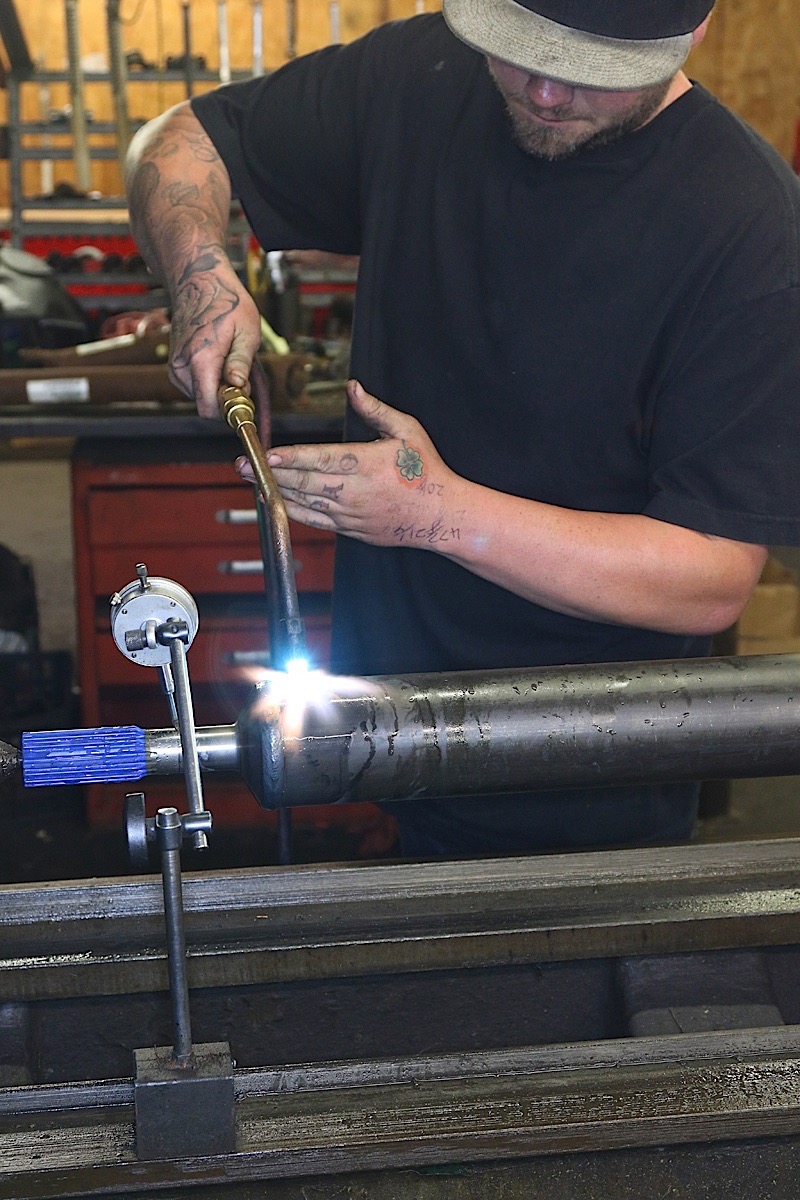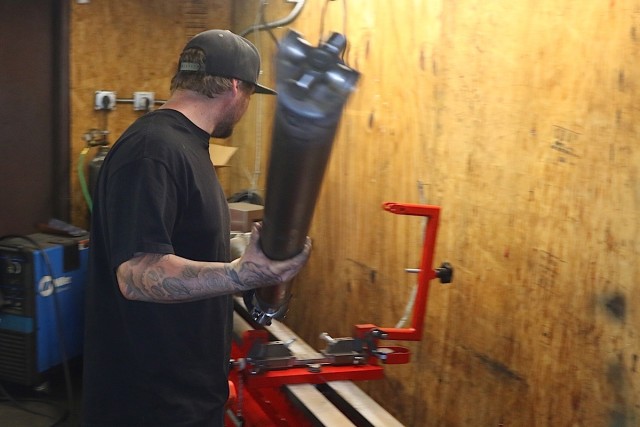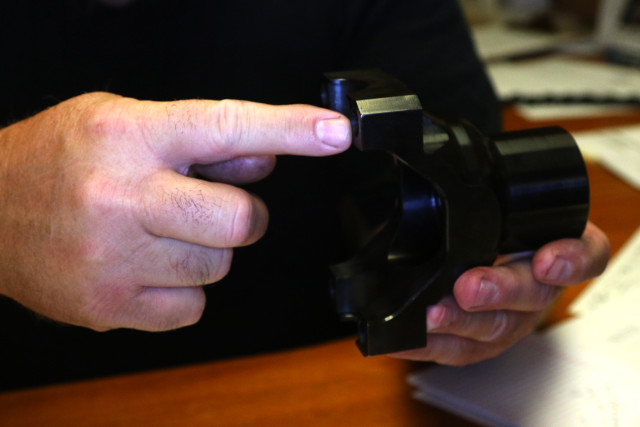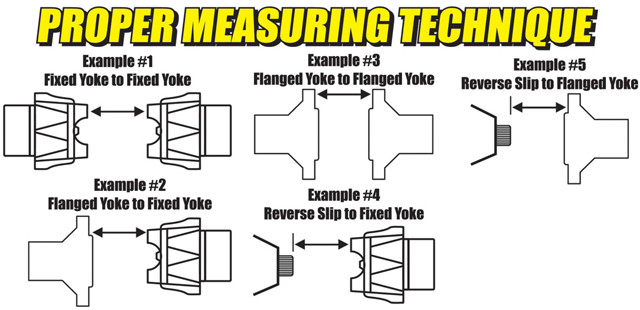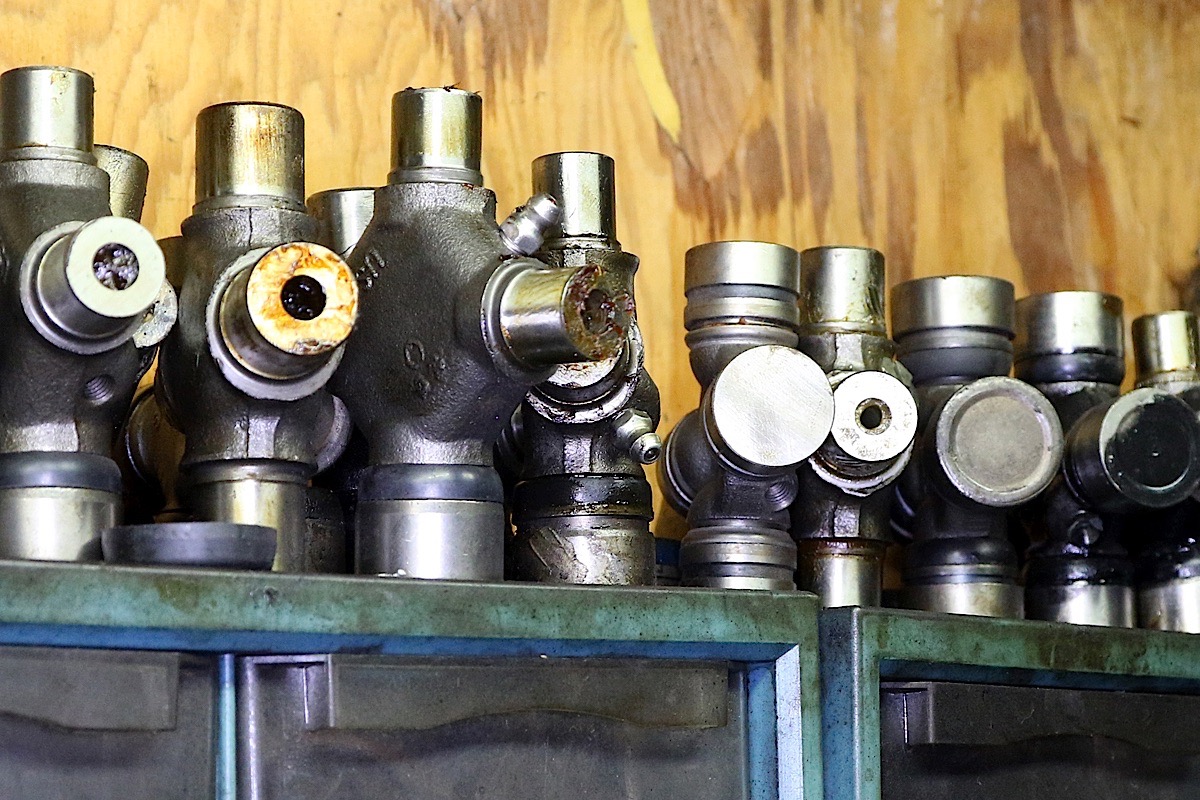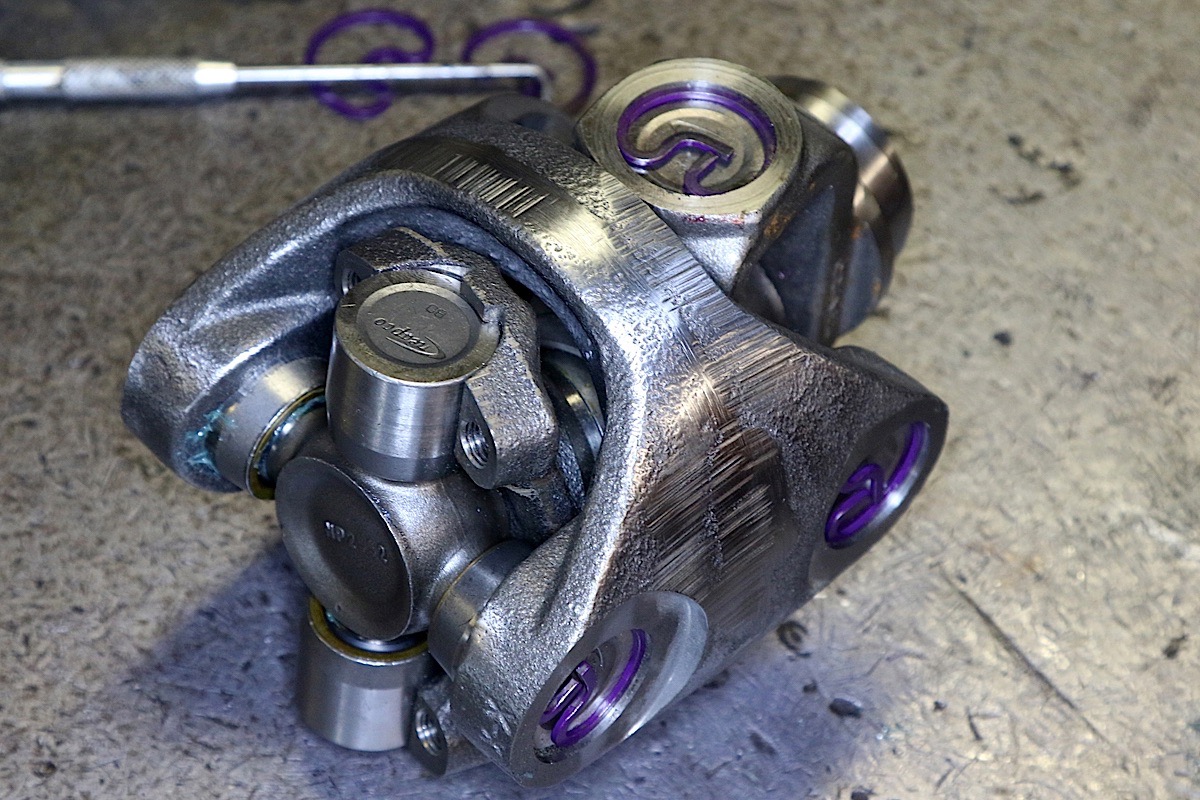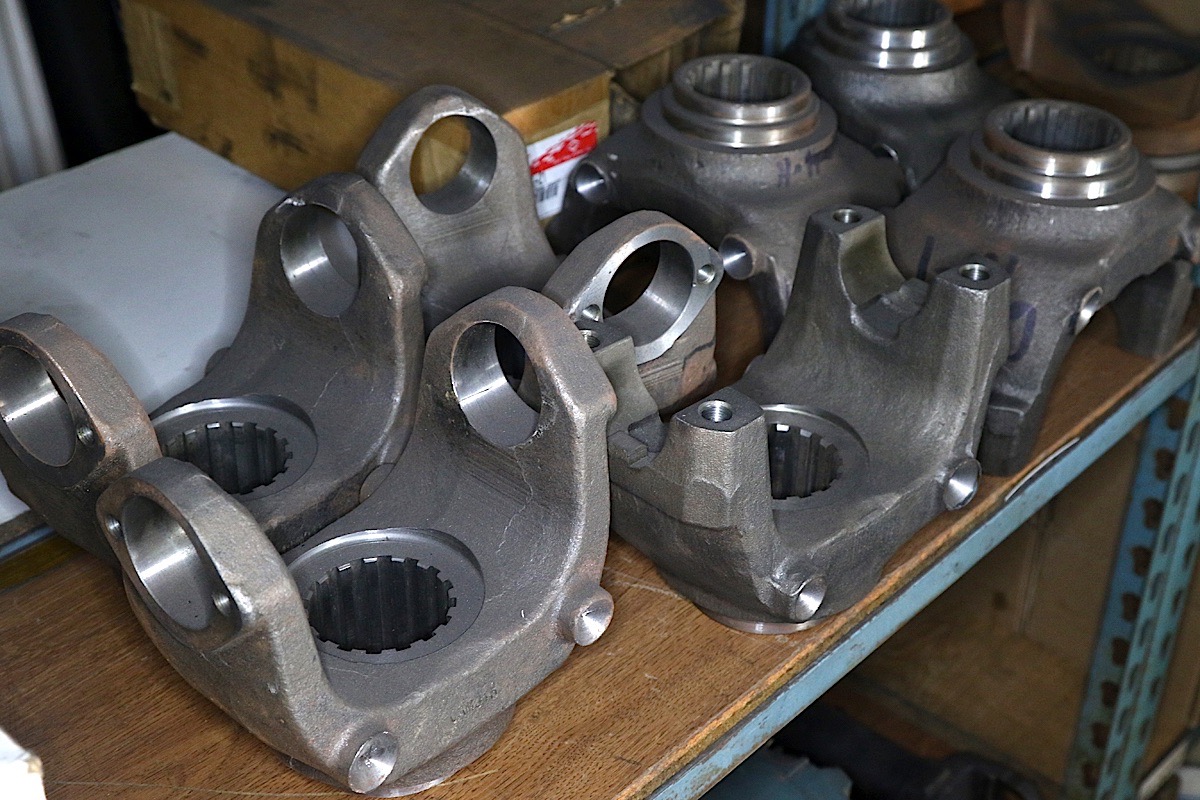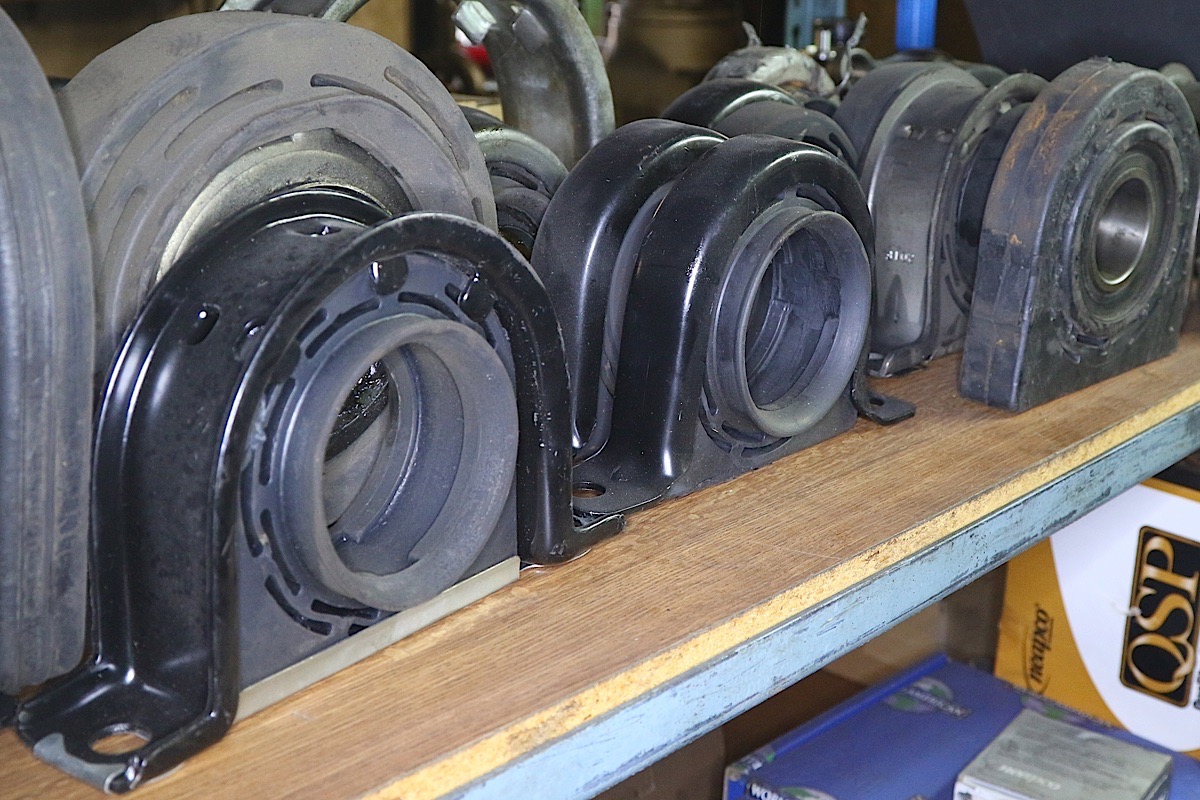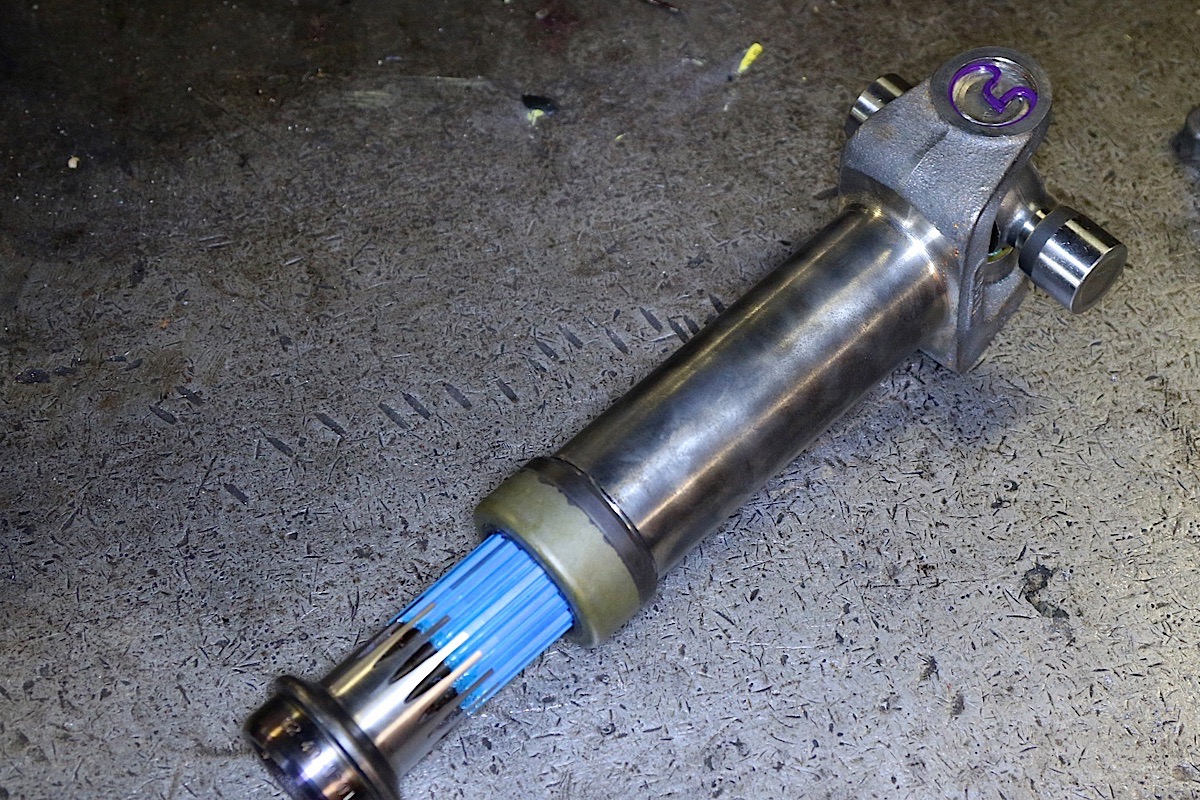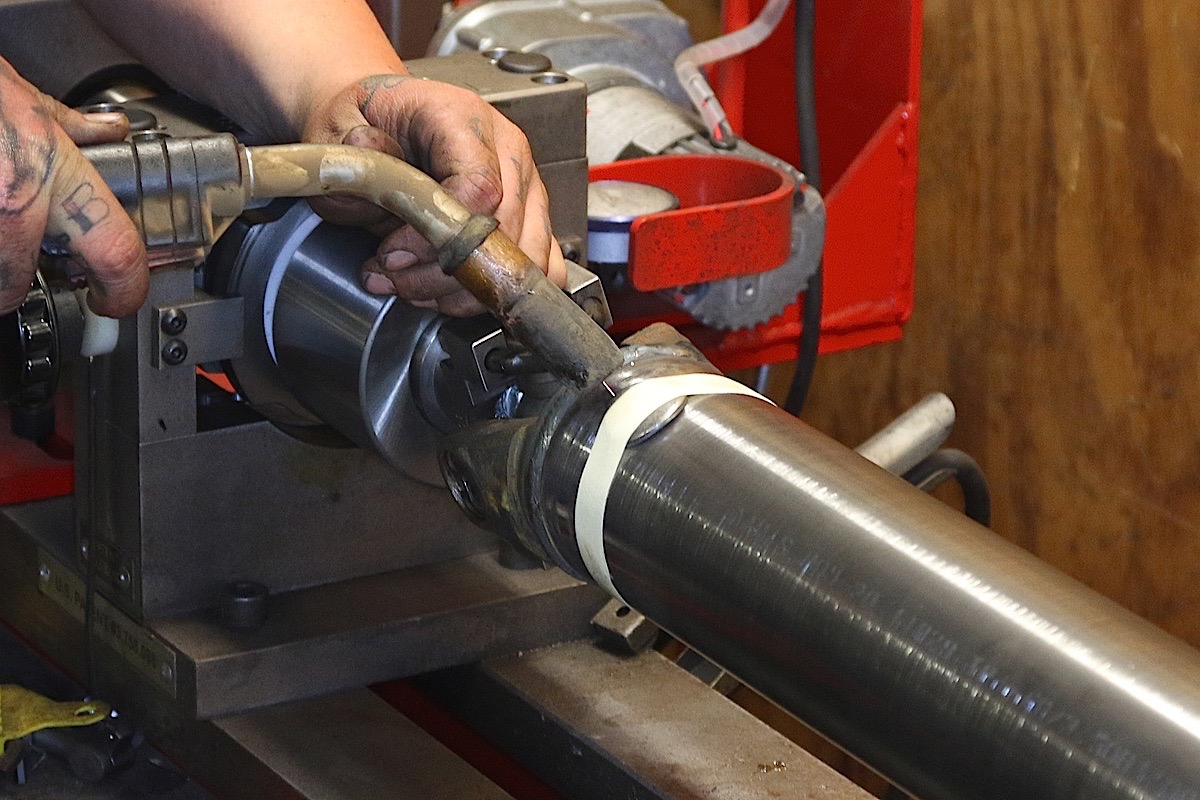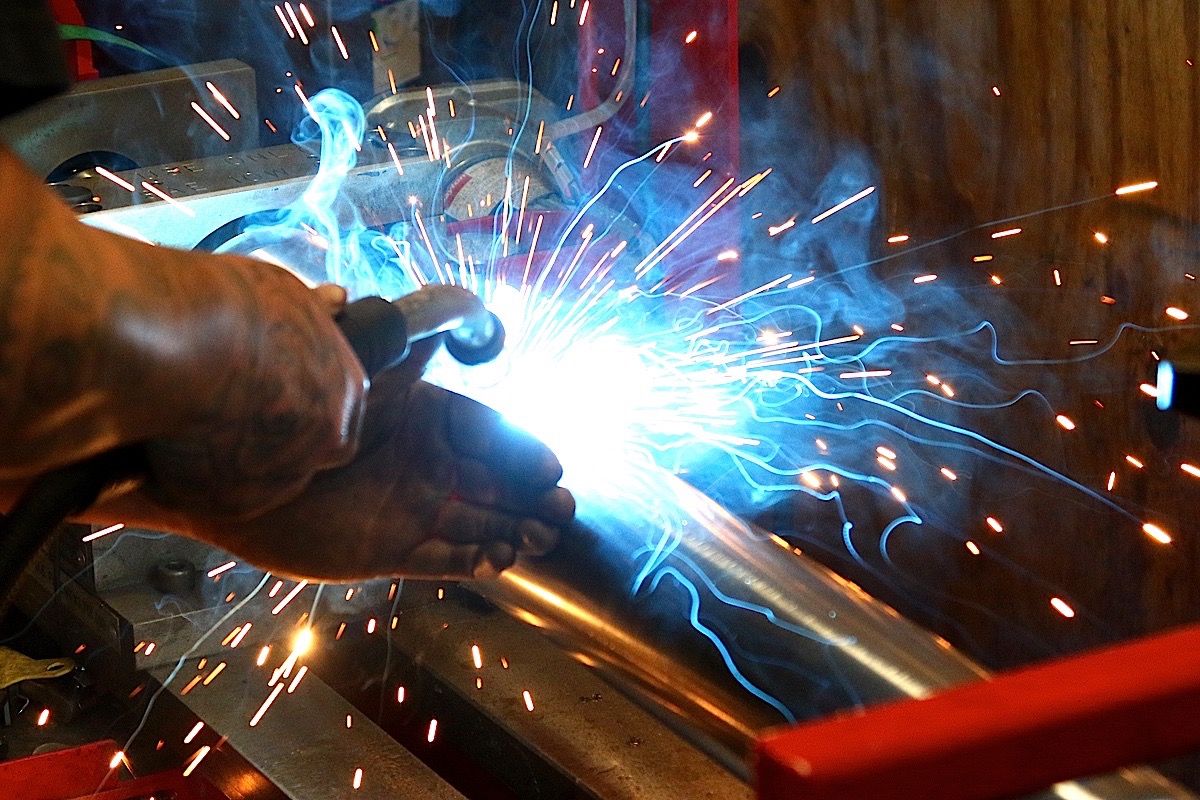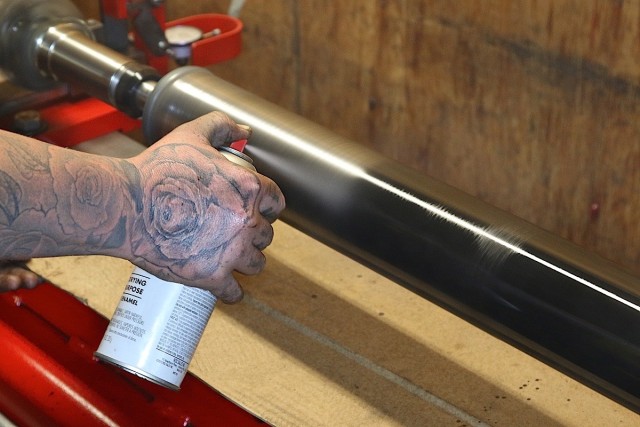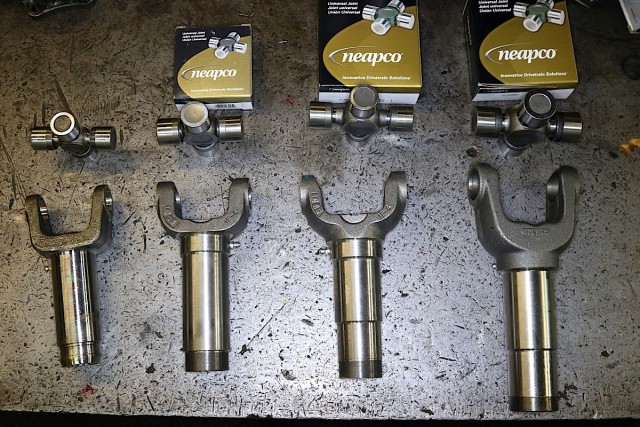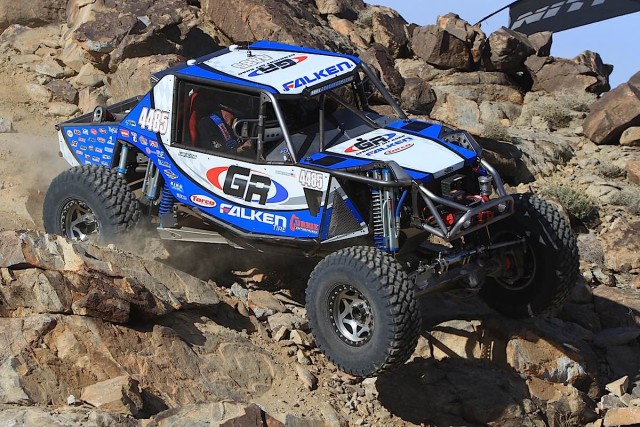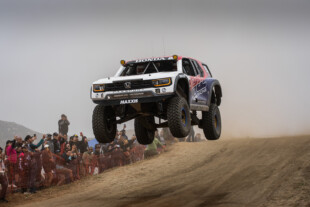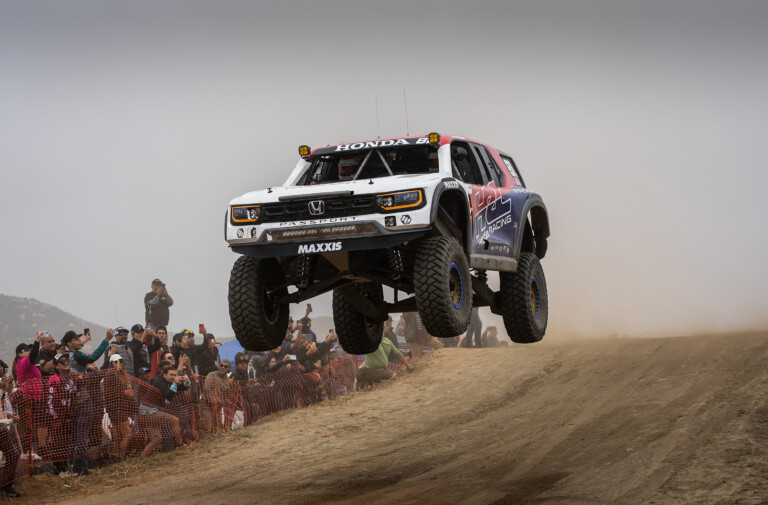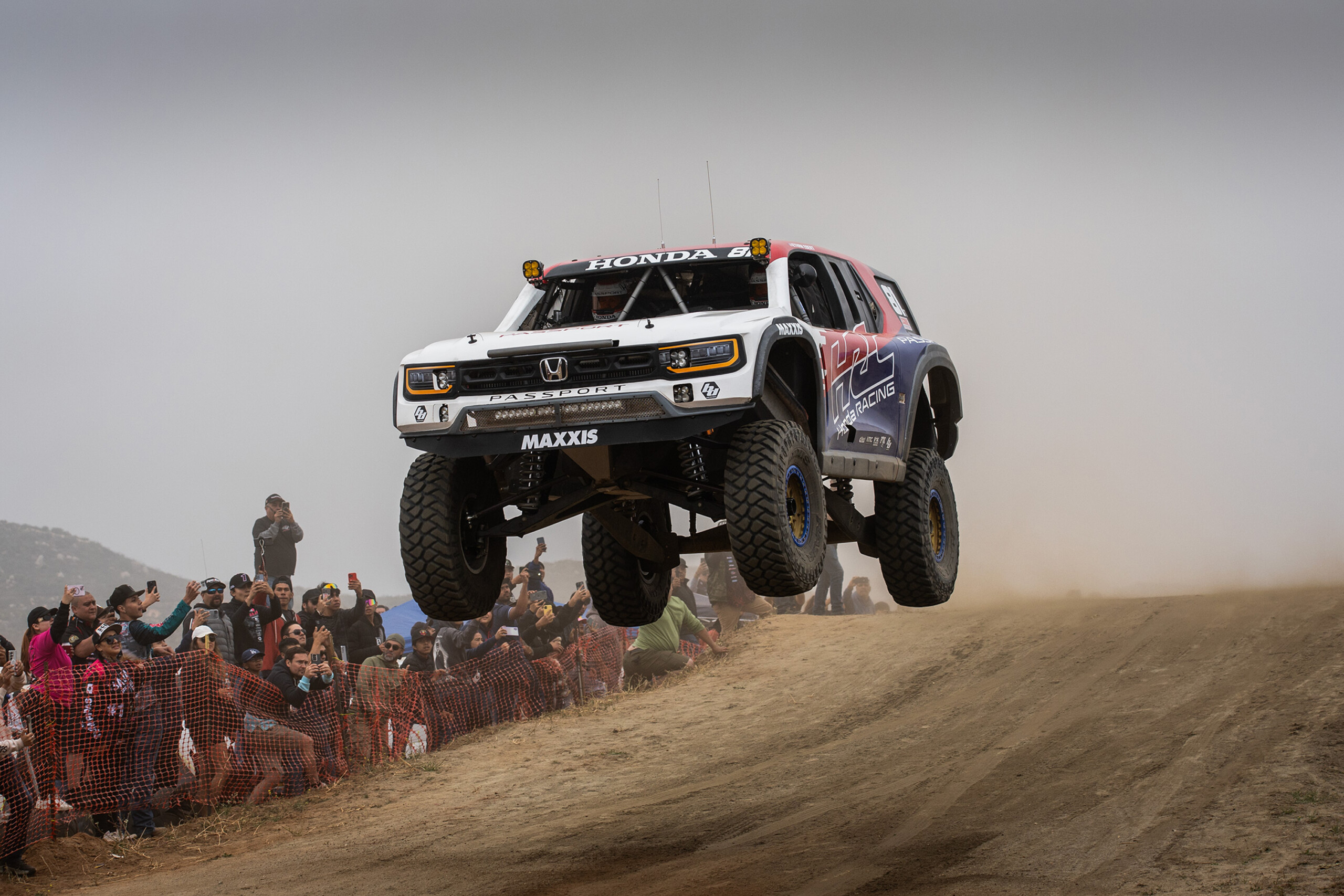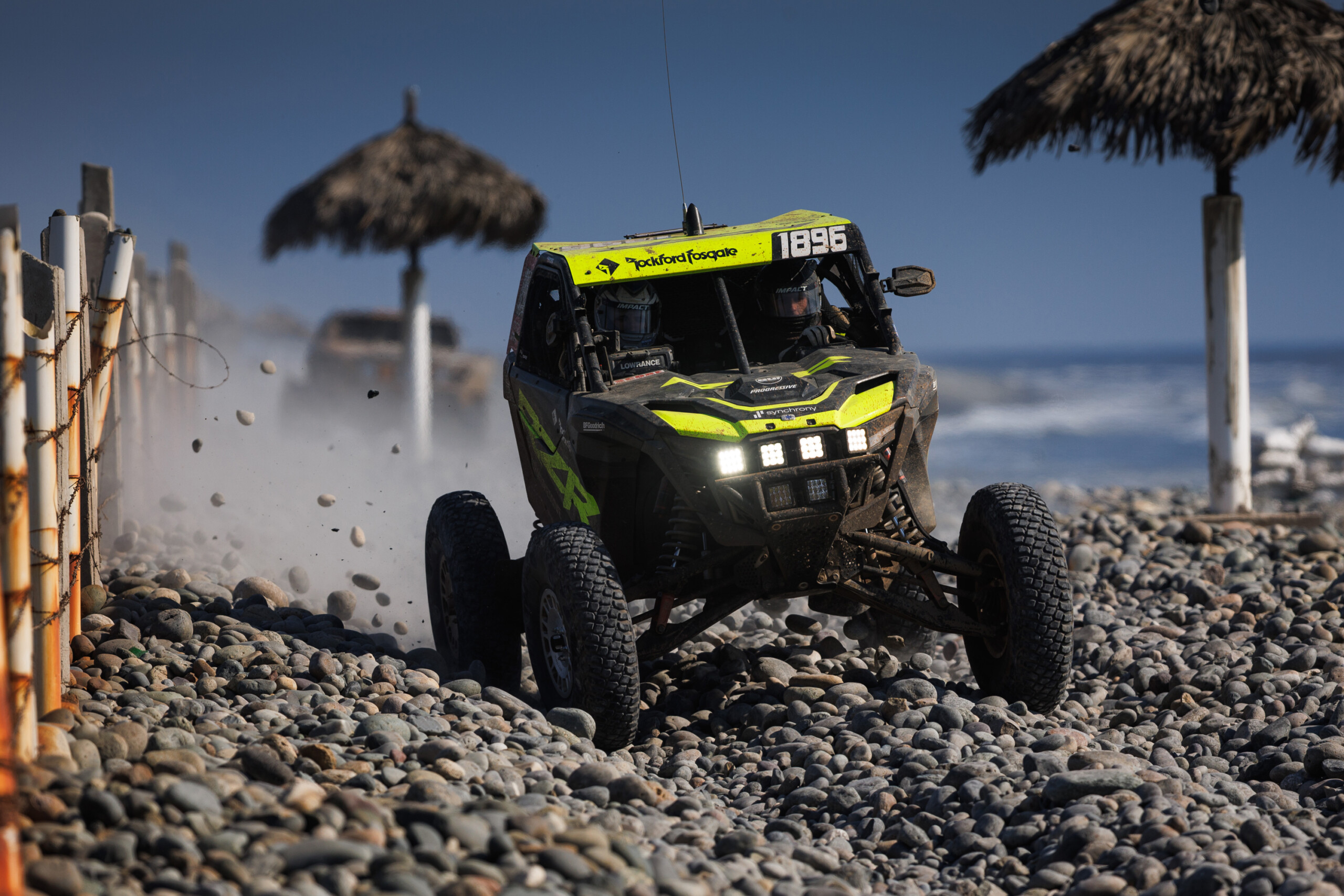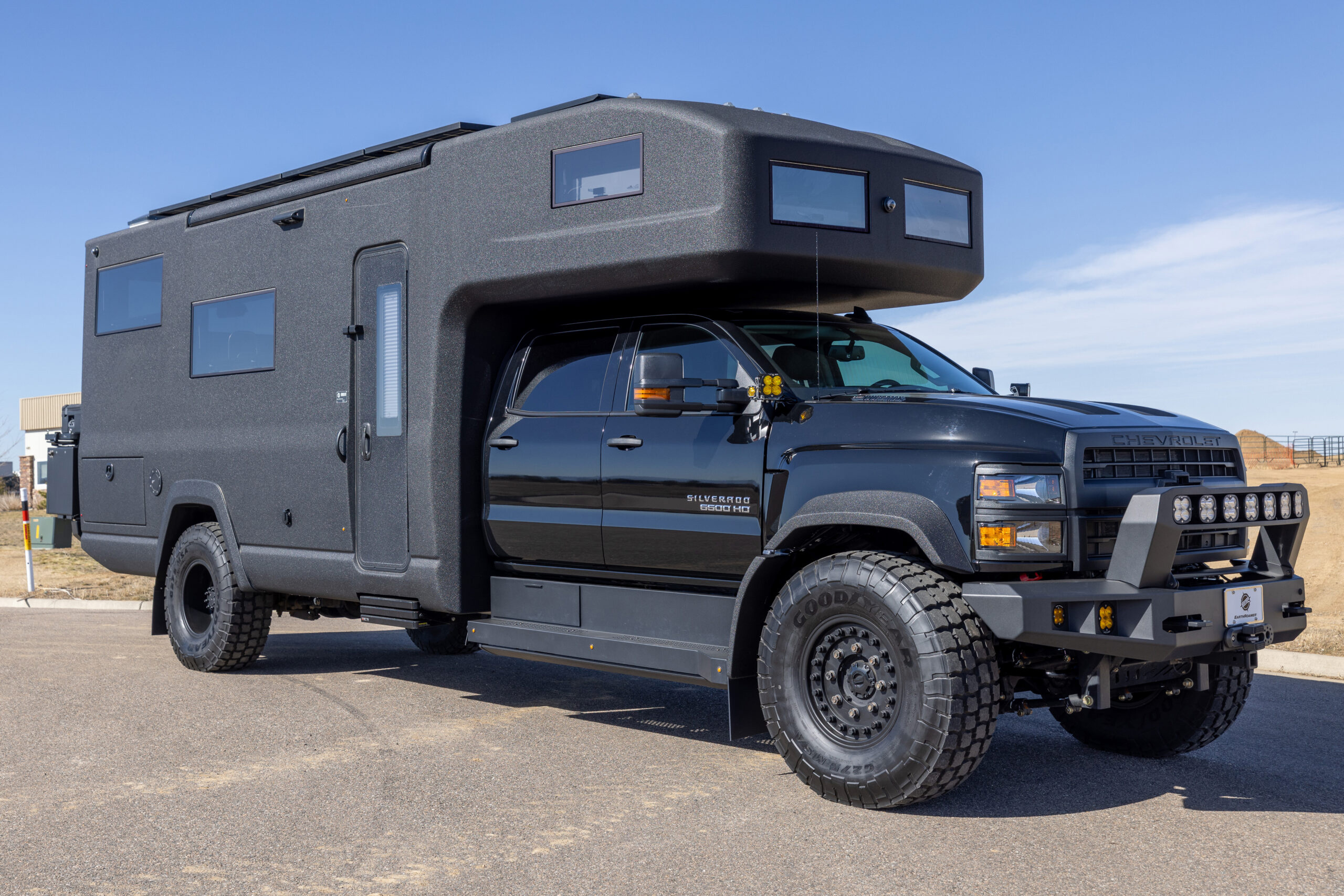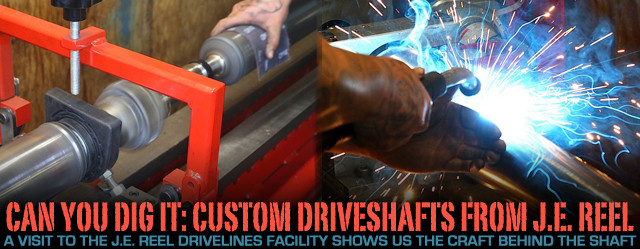 If you have bigger tires or more horsepower, your stock drivelines are going to suffer. How many of you put stronger drivelines on your modifications wishlist? Unless you are updating your interior or mounting lights, most popular modifications can affect your stock drivelines. A trip to J.E. Reel should be a part of your build plan.
If you have bigger tires or more horsepower, your stock drivelines are going to suffer. How many of you put stronger drivelines on your modifications wishlist? Unless you are updating your interior or mounting lights, most popular modifications can affect your stock drivelines. A trip to J.E. Reel should be a part of your build plan.
Suspension lifts or long travel kits will require the driveshafts to be modified. With bigger tires, a gear ratio change is usually deemed necessary. If you are making more horsepower or more torque, a weak driveline will make itself known; sometimes with devastating results.
Anyone who has had a driveline failure knows that it can be very dangerous and cause detrimental damage to your vehicle. If you are traveling on pavement, a driveline failure can injure an occupant of your vehicle or other drivers on the road. A failure far off the beaten path will leave your vehicle stranded in its tracks. Thus, having a driveline that is safe and can handle your upgrades is a sound investment.
Now that some of you are realizing that you have not even considered the state of your driveline, we can talk about an inspection. Inspecting your driveline is quick and easy and chances are you can climb under your truck and check it without even breaking out the jack.
Make sure to block a tire so the truck won’t roll and put the transmission in neutral. If you have a locking differential, you will have to jack up your truck until the tires are off the ground in order to rotate the driveshaft. A quick visual inspection will start things off. Look for cracks, dings or scrapes to the shaft from rocks. If you see cracks, have it repaired immediately. If dings or scrapes are severe enough, they can cause the shaft to be out of balance or cause failure when under heavy torque.
Left to right: The end of the tube is heated with a torch so the metal expands; the required component is then slipped in the end leaving a slight gap for the weld bead; after both ends are attached to the tube, the assembly is chucked up in a lathe and checked for runout. Tubing is not always concentric. Allowable runout on tubing is .010 inch. At J.E. Reel, they aim for half of that on the finished assembly; adjustments are made with a slight rap from a hammer.
Inspect the u-joints and constant velocity joints for bad seals and leaking grease. Some grease can get past the seals during lubrication and spray onto the bottom of your truck, but fresh grease on the underside usually means you have a bad seal.
The heat from welding causes the shaft to move. Adjustments are made by heating a spot on the shaft and then quenching it with water. Here is where the real skill and craftsmanship comes in. It takes experience to figure out where to heat the tube and how much heat it needs.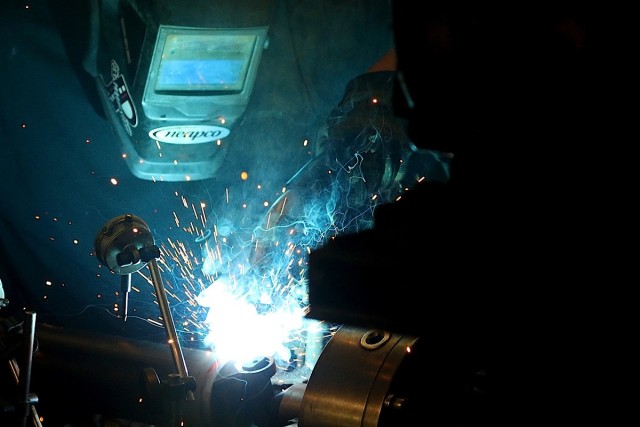
U-joints have a provision for a grease fitting, called a zerk fitting, which allows you to grease them. Sometimes the u-joint will not have the zerk installed, but there should be a threaded port for the fitting. U-joints should be greased at regular intervals, like when you change your oil, or whenever you have been playing in deep mud or water. Slip joints also need regular greasing to prevent failure. Finally, you can just give the driveshaft a firm tug. Try to move it up and down and back and forth. If you feel any play, you have a u-joint or slip joint that probably should be replaced. Most of the time, a loose joint will create a vibration, but aggressive tires or other worn parts might mask the issue. That’s why it’s important to get under your truck and check it out.
On project Autonomous 4X4, we’ve installed a shackle reversal kit from SORD, custom progressive leaf springs from Atlas Suspension, and are running 37-inch Falken Wildpeak tires on Trailready beadlock wheels. We hit the driveline upgrade trifecta by lifting the vehicle, increasing the wheel travel, and installing oversized wheels and tires.
Our stock drivelines were working okay, but the plan was to upgrade the strength of our driveline through the use of better materials and carry the stock parts on the vehicle as an emergency spare. Had we wanted to, we could have done some serious upgrades to the strength of our drivelines. But for once, we did not go for overkill.
We took our 1993 Ford F-350 crew cab 4X4 to J.E. Reel Drivelines in Pomona, California and documented the process they use to build drivelines from scratch. J.E. Reel builds drivelines for everything including semi-trucks, heavy equipment, Jeeps, rock racers, and Trophy Trucks.
We were surprised at how much skill was involved in creating these hand-built drivelines from scratch.
The first step is to take careful measurements and to document the configuration needed. When measuring the length, always measure to the face of the yoke as shown in image A.
The face will coincide with the centerline of the universal joint’s bearing trunion. Additional examples showing different yoke types are displayed in illustration B.
Common components used in a driveline consist of u-joints (Image A-1), constant velocity joints or cardan joints, used for greater angles (Image A-2) , flanges, yokes (Image A-3) Carrier bearings (Image A-4) and slip yokes (Image A-5). Two-piece assemblies like ours will have a carrier bearing to support the shaft which attaches to a cross member on the frame.
Image A-1 (left); Image A-2 (right)
Image A-3 (left); Image A-4 (middle); Image A-5 (right)
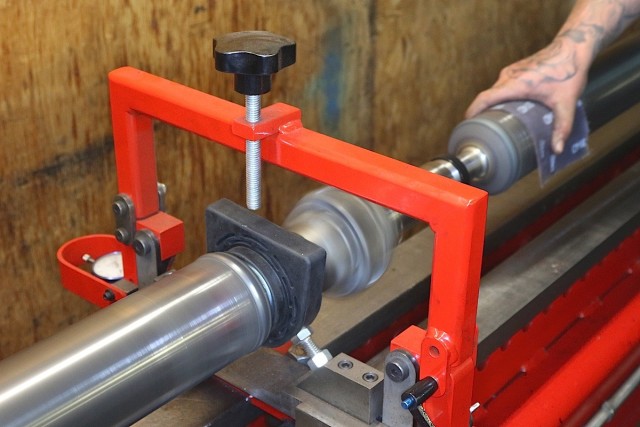
Even without counterweights the carrier bearing is just resting on the support as the assembly spins at 3,500 rpm.
Reputable builders use long established conventions that have determined acceptable wall thicknesses and diameters for a given tube length when building shafts. They stay within guidelines that include a built-in safety margin. Factors that determine tube diameter and wall thickness include span, available clearance, and RPM.
Our front shaft is just two inches in diameter for proper clearance. Due to our long wheelbase, the rear driveline is made of two shafts that measure 3.5 inches in diameter supported by a carrier bearing in the middle. One of the improvements made by J.E. Reel over our factory rear driveshaft was to include the slip yoke entirely into the rear section of the shaft.
Counterweights are located and tacked on; usually to compensate for the yoke or u-joint. Our shaft balanced at zero after adding the weights.
The factory driveline has the slip yoke in the front section and the splined shaft part of the rear section. The factory design allows side loads to be placed on the slip yoke and the carrier bearing as the shaft extends and collapses. With the J.E. Reel design, the shaft can move in and out in a straight line with no side loading.
By using a better design, strength and durability are increased. Additional strength is gained by using high quality Neapco components and .087 inch wall DOM (drawn over mandrel) seamless tubing.
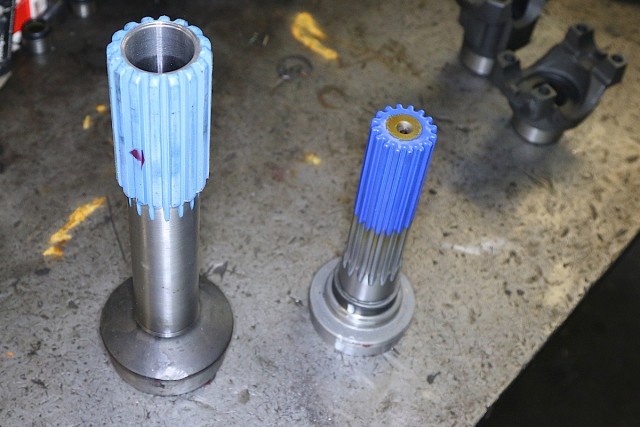
The spline shaft on the right is standard. The spline shaft on the left is a 1480 shaft that has been gun drilled to save weight on Kyle LeDuc’s Monster Energy Pro-4 race truck.
After our drivelines were built, we sat down with Jim Reel to find out what the current state of technology is when it comes to drivelines. Off-roading has exploded in popularity. Some aftermarket companies fail to do proper engineering to their suspension kits. Some even take a popular kit, reverse engineer it, but leave out important features.
“We do a lot of Jeep stuff,” said Reel, “A lot of the long arm kits don’t take the CV angles into account. If you run a long arm kit, you need a custom shaft made. There are some kits out there that don’t even allow adjustments for the pinion angle or caster and camber. Those kits can cause vibrations and early failure. When you increase the travel it changes the angles on the CVs. If you don’t have the right joints, they will bind.”
Competition is also driving a lot of innovation at J.E. Reel. “Rock racers are starting to break the 1410 series parts, so we are going to 1480,” said Reel, “800-900 horsepower with 42-inch tires puts a lot of strain on the driveline. In short course racing, drivers like Kyle LeDuc are running manual transmissions and under-drive boxes to save the ring gears. They increase the torque through the driveline 30-40%. We had to go to bigger parts.”
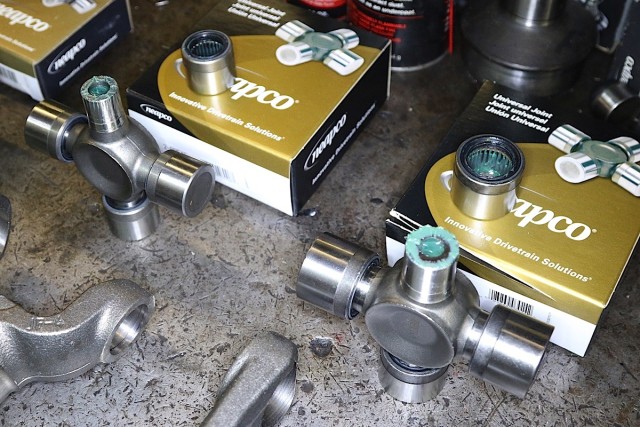
Notice the size difference between the ujoint trunnion diameter on the 1410 on the left and the 1480 on the right. The trunnion is the boss that the bearing cap rides on.
Reel continued, “Kyle was getting through the weekend, but we were starting to see stress cracks from the shock loading. With the larger parts, the core lasts the entire season but we still replace the tube and u-joints due to wear. J.E. Reel is working on a new line of parts designed for competition. Every component is made from high-grade forged or billet materials and is heat treated. Flanges will be designed with captured hardware so they can be changed out quickly in the field. This means no more losing bearing caps in the dirt or chasing retaining clips when seconds count.”
Drivelines are a critical component, yet most people give them little thought. If you plan to modify your vehicle or use it in harsh environments, it pays to take care of your driveline. For those who want to push the boundaries with heavy modifications and extreme terrain, companies like J.E. Reel have you covered.



